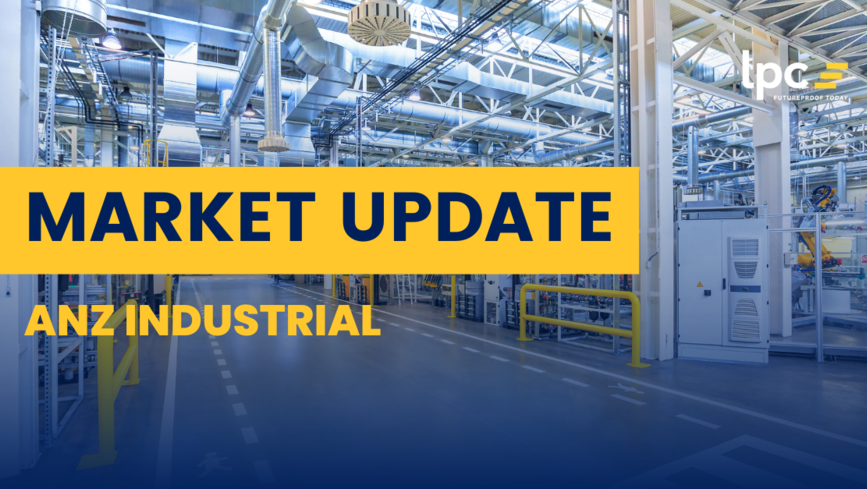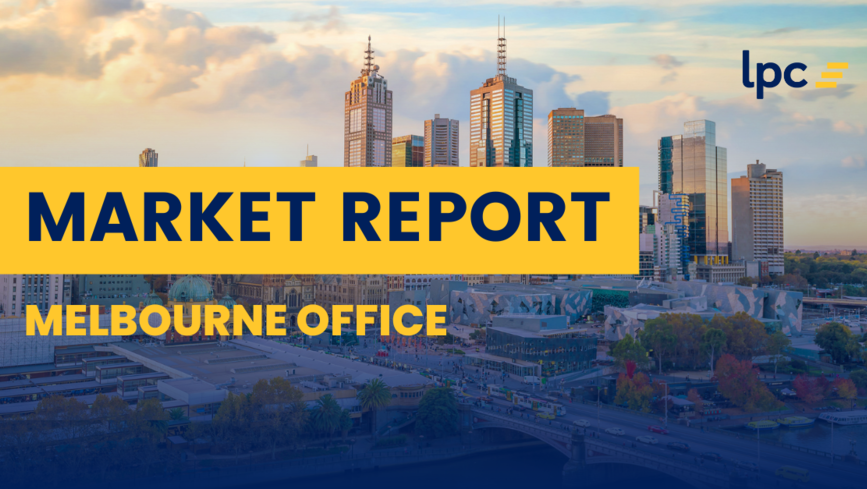Market reports

Adelaide CBD office vacancy decreased from 19.3% to 17.5%, with Melbourne now replacing Adelaide as the highest vacancy. New building vacancy is estimated at just 1%, with prime A grade vacancy reported as 20.2% and secondary vacancy 16.5%.

Brisbane CBD’s vacancy continues remain low at 9.5% in comparison to other CBD markets across Australia. This has been a result of the increase in demand for prime grade office space and the withdrawal of secondary grade stock.

The overall office market vacancy rate for Sydney CBD decreased slightly to 11.6%, still high compared to the 10-year average. The lack of new supply and stick withdrawals contributed heavily to the vacancy rate falling. The Prime and Secondary vacancy rates fell, ending at 11.9% and 11.1%, respectively.

The Western Australian economy has remained relatively strong due to the resource sector despite some significant adjustments to cost structures. While population growth of 3.3% was experienced to December 2023, this growth is expected to moderate slightly in the next few years.



The overall office market vacancy rate for Sydney CBD increased again to 12.2%, the highest vacancy rate for the past decade. Whilst vacancy rates in the Prime grade were lower than in secondary grade across the country, Sydney and Adeliade were the only outliners to this trend.

As Melbourne’s office workers continue to lag the rest of the country in returning to the CBD office environment, the vacancy rate of the CBD continues to increase to 16.4% as of January 2024.